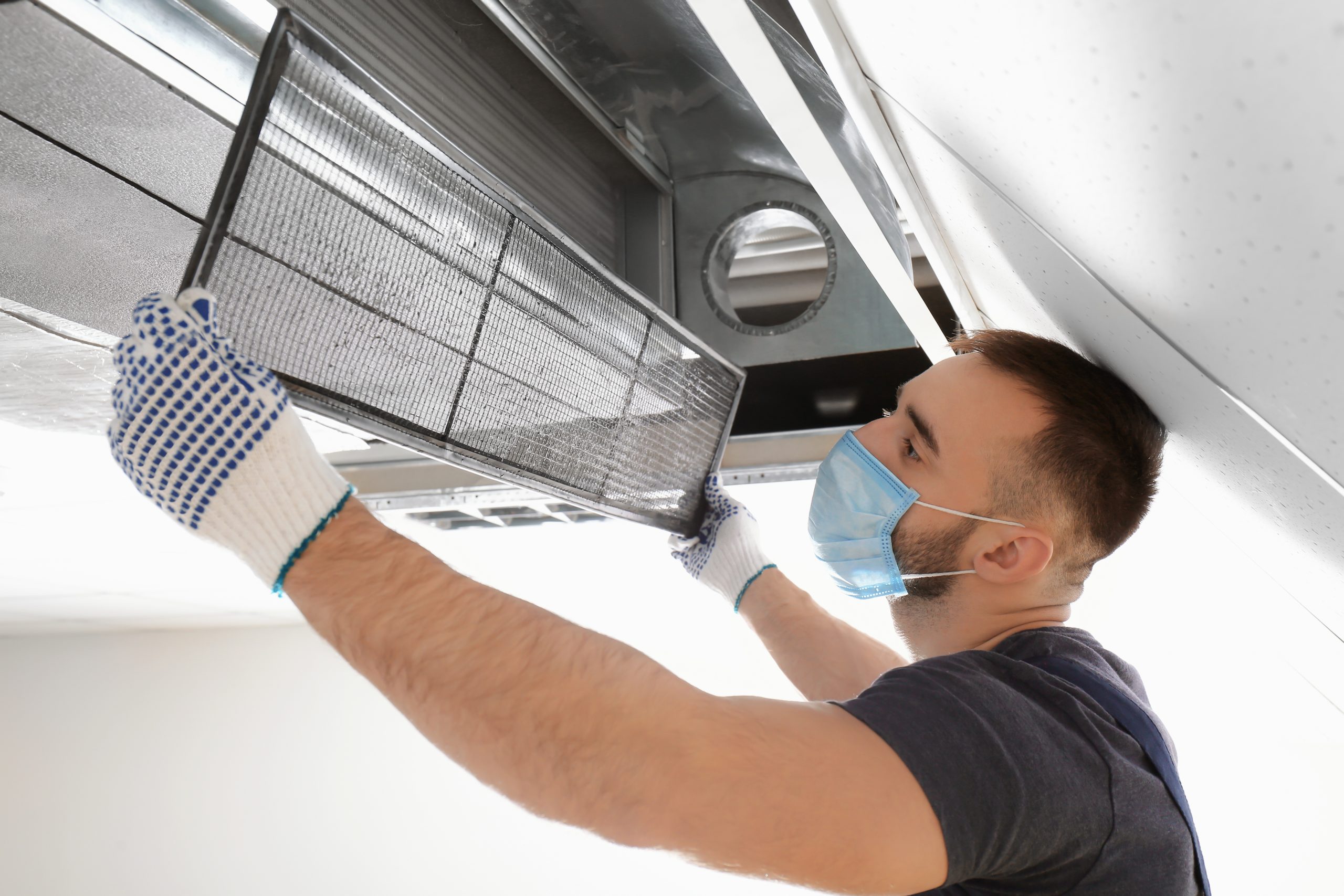As we move further into the 21st century, the importance of effective thermal, airflow, and HVAC systems, or HVAC, cannot be ignored. These systems play a crucial role in maintaining pleasant indoor environments in both domestic and industrial settings. But with advancements in technology, the HVAC field is evolving rapidly, paving the way for intelligent, optimized solutions. Understanding what HVAC is and how it works is important for property owners and businesses similarly, especially as the integration of intelligent technology begins to redefine our expectations of these systems.
This article will explore the next generation HVAC technology, focusing on the innovations that are transforming how we warm and chill our spaces. From intelligent thermostats that understand your behaviors to energy-efficient systems designed to reduce your monthly bills, the next phase of HVAC is not just about ease; it’s about creating a eco-conscious lifestyle. AC repair will also address common HVAC problems, maintenance tips, and seasonal considerations to help you make wise decisions for your home or office. Join us as we delve into the realm of HVAC and discover how adopting smart technology can lead to a smarter and satisfactory future.

Understanding HVAC Fundamentals
HVAC stands for warmth, airflow, and climate control. These systems are essential for maintaining comfortable indoor climates in both residential and commercial buildings. HVAC units not only control temperature but also manage air quality, ensuring spaces are livable and suitable for occupants. Understanding the core components of HVAC systems helps property owners and building managers make wise decisions about setup, maintenance, and upgrades.
At its core, an HVAC system is made up of three primary functions: heating, cooling, and air exchange. Heating is typically achieved through furnaces or heat pumps that warm the air during chilly months. Cooling is primarily provided by air conditioning units that decrease indoor temperatures in response to rising heat. Ventilation plays a vital role by allowing fresh air to circulate while expelling stale air, which is essential for preserving a healthy living environment.
A well-designed HVAC system should operate efficiently and quietly, providing steady comfort throughout a building. Common types of systems include main air conditioning, ductless mini-splits, and earth-sourced systems, each with its benefits and uses. Comprehending these basics sets the basis for tackling more advanced topics, such as diagnosing common problems and examining smart technology advancements in HVAC.
Smart Heating, Ventilation, and Air Conditioning Innovations
The growth of smart technology has revolutionized the HVAC industry, making heating and cooling systems more effective and user-friendly. Sophisticated features such as Wi-Fi connectivity allow homeowners to control their HVAC systems from afar through smartphone applications, enabling real-time adjustments based on their wants and timing. This connectivity not only improves convenience but also promotes power effectiveness by optimizing system operations according to occupancy trends.
Furthermore, smart HVAC systems typically incorporate adaptive algorithms that monitor user behavior over time. These systems can instantly modify temperatures based on when the house is occupied or unoccupied, significantly reducing energy consumption during inactive times. Additionally, integration with smart home devices, such as voice assistants, allows seamless control, allowing users to adjust their climate settings with easy voice commands, improving the overall comfort of the home environment.
An additional key advancement is the application of advanced sensors that monitor indoor air quality and humidity conditions. These sensors can interact with the HVAC system to make immediate modifications, ensuring ideal ventilation and air purity. By measuring contaminants, allergens, and humidity, these smart systems not only provide a pleasant environment but also contribute to better well-being and wellbeing for the residents, demonstrating the multifaceted benefits of embracing smart HVAC technologies.
Ensuring Efficiency & Comfort
To ensure your HVAC system operates optimally, routine maintenance is essential. This entails replacing air filters, inspecting ductwork, and scheduling professional tune-ups. Changing filters every one to three months can significantly enhance air quality and system efficiency. Ignoring filters leads to clogged systems, increasing energy consumption and negatively impacting comfort levels in your home. Professionals can detect potential issues early on, ensuring the system operates efficiently throughout the year.
Alongside regular maintenance, smart technology integration can boost both efficiency and comfort. Smart thermostats, for instance, can adapt to your schedule, allowing you to set temperatures according to your daily routines. By utilizing these devices, you can avoid unnecessary heating or cooling in unoccupied spaces, resulting in substantial energy savings. Additionally, smart sensors can recognize when windows are open and modify HVAC settings to match, which helps maintain an ideal indoor environment.
Lastly, ensuring proper insulation and ventilation plays a pivotal role in maximizing HVAC efficiency. Well-insulated homes maintain temperature more effectively, reducing the workload on your system. In addition, good ventilation helps in maintaining indoor air quality, which is vital for comfort and health. By considering these additional factors, homeowners can create a harmonious synergy between energy efficiency and comfort, resulting in a more enjoyable living environment.
